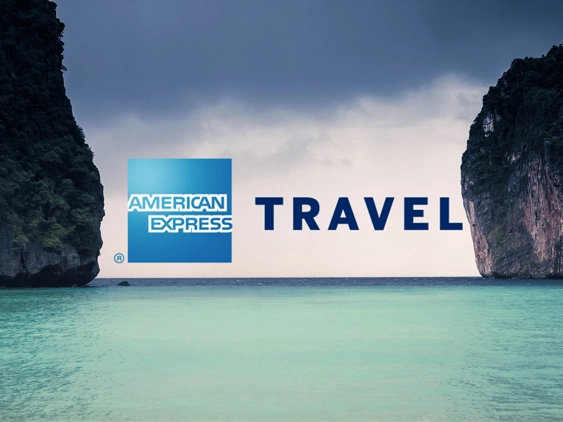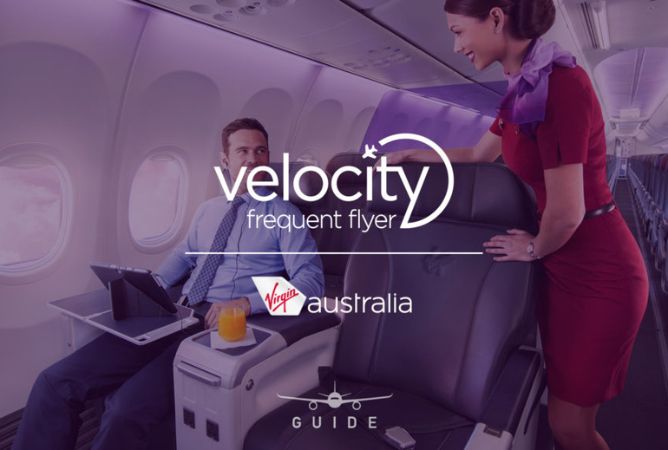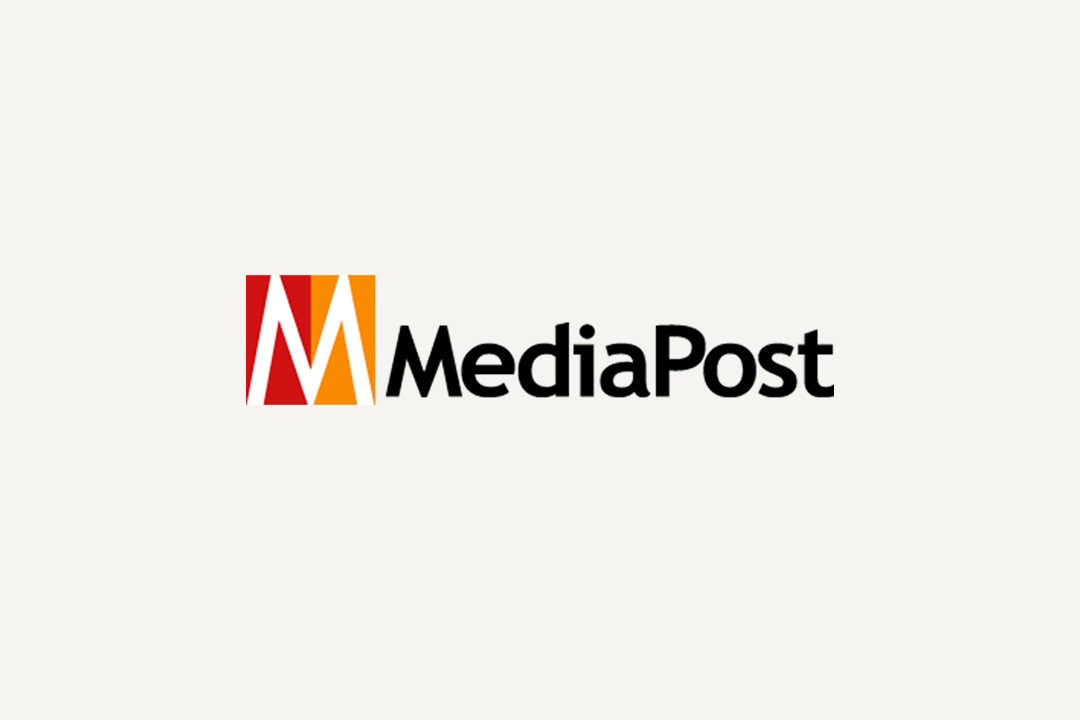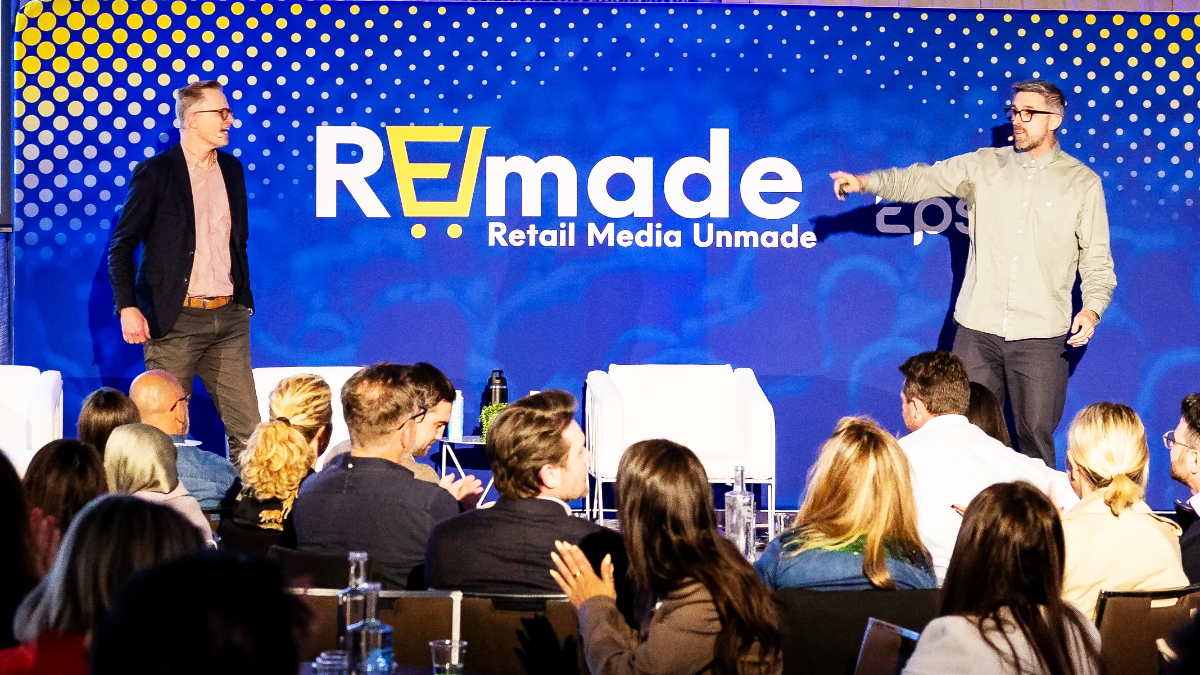From inside-out: Optimizing owned media across the customer journey
Owned media channels—like websites, apps, and in-store digital displays—are powerful assets when strategically aligned with the customer journey to maximize their value. By understanding where and how to leverage these assets, businesses can unlock new revenue streams, build stronger partner propositions, and increase the overall financial impact of their media network.
This approach, also known as the ‘inside-out’ marketing model, helps businesses focus on using internal resources to create meaningful experiences that resonate with audiences.
This guide will provide a step-by-step approach to using owned media effectively at each stage of the customer journey, from initial awareness to post-purchase advocacy, using an inside-out strategy that maximizes the impact of your brand’s assets.
What is ‘inside-out’ marketing?
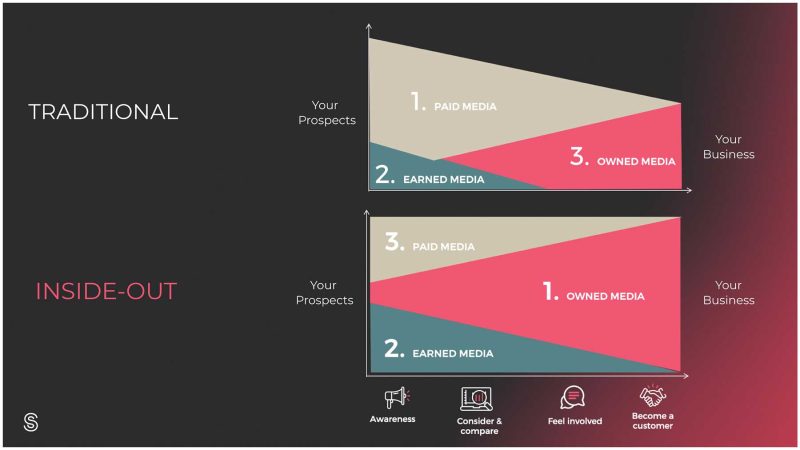
Sonder’s inside-out marketing model
The inside-out marketing model prioritizes leveraging a company’s owned media assets as the foundation for its marketing strategy before incorporating external paid and earned media channels.
This model flips the traditional outside-in approach, which relies heavily on reaching new audiences through paid media before converting them on owned media platforms.
Instead, the inside-out model focuses on maximizing the impact of existing resources—such as websites, email campaigns, apps, social media posts, and in-store displays—by starting with the assets a business already owns and controls.
Understanding owned media channels
Owned media channels are entirely under your control, making them invaluable for delivering messages that resonate with your audience while retaining the commercial value of your brand. When properly aligned with the customer journey, these channels become revenue-generating assets that can enhance partnerships, strengthen brand equity, and reduce dependency on costly paid media.
Owned media assets include:
-
Websites: Central hubs for information, product showcases, and customer engagement.
-
Email campaigns: Direct channels for personalized communication and engagement.
-
Social media profiles: Platforms for sharing content, community building, and driving awareness.
-
Apps: Tools for enhancing customer experiences through personalization and engagement.
-
In-store displays and digital signage: Physical assets that reinforce the brand experience in retail spaces.

Identifying Underutilized Assets
Assessing which owned media channels are not being fully leveraged is key to maximizing your marketing potential. Often, brands overlook valuable touchpoints, such as in-store screens, customer portals, and email lists.
A few examples of underutilized assets include:
1 - In-store digital screens – Frequently used only for generic branding or promotions, in-store digital screens can increase relevance by displaying personalized offers, loyalty program benefits, or location-specific promotions. These screens can be used to engage customers and drive in-store conversions.
2 - Email subscriber lists – Often limited to broad campaigns, email lists are frequently underutilized for targeted messaging. Implementing segmentation based on behavior, demographics, or purchase history allows businesses to send more relevant content, increasing engagement and open rates.
3 - Customer portals and dashboards – Typically viewed as functional tools rather than engagement platforms, customer portals are often underleveraged. By incorporating personalized upsells, exclusive offers, or tailored content recommendations, these portals can serve as strategic touchpoints for deeper engagement.
4 - Mobile app push notifications – Many brands use push notifications sparingly or for generic alerts, missing opportunities for impactful communication. Creating behavior-based notifications—like reminders for abandoned carts or special birthday offers—makes push notifications more relevant and drives app engagement.
5 - Loyalty program platforms – Often treated as static repositories for points and rewards, loyalty platforms lack engagement hooks. Integrating exclusive content, personalized reward suggestions, or member-only experiences can transform these platforms into active marketing channels that boost retention.
6 - Physical assets (e.g., ATMs, kiosks, packaging) – Many physical assets are seen as purely functional, missing chances for brand engagement. Using ATM screens to promote digital services or adding QR codes to packaging for interactive experiences can extend the value of these owned channels.
7 - Customer service touchpoints – Customer service interactions are often seen as problem-solving rather than engagement opportunities. Training call center staff to suggest relevant offers or using chatbots to recommend services based on customer history can turn these touchpoints into valued connection opportunities.
8 - Websites and product pages – Typically focused on basic product information, these pages are underutilized for customer engagement. Adding interactive tools like ROI calculators, comparison charts, or video content can transform them into conversion-boosting assets.
By identifying and optimizing these assets, companies can unlock hidden value and create a more effective, cohesive marketing strategy – from the inside, out.
Best practices for consistency and integration
The inside-out model relies on consistent, integrated messaging across all owned channels.
Here are key best practices:
-
Align messaging across channels: Ensure that your brand voice and messaging are uniform across all owned media, whether it’s your website, email campaigns, or in-store displays. This helps build a cohesive brand experience.
-
Use first-party data for personalization: Leverage data collected through your owned channels to tailor content, product recommendations, and communication strategies based on individual preferences.
-
Focus on customer needs first: Always align your owned media content with the needs and expectations of your audience. This not only builds trust but also makes your brand more relevant at each stage of the journey.
Adjusting strategies for maximum impact
As these financial metrics reveal insights, it’s essential to continuously refine your approach to maximize owned media value:
1 - Reallocate paid media budgets to high-performing owned channels
Identify owned media channels that are delivering higher ROI and gradually shift budget allocation from underperforming paid channels to these owned assets. For instance, if in-app notifications generate higher conversion rates than social ads, consider reducing social media spend in favor of in-app campaigns.
2 - Refine partner offerings based on performance data
Use partner collaboration data to refine rate cards and pricing models. If certain owned media formats (e.g., loyalty program emails) consistently generate higher revenue, consider introducing premium pricing tiers for these slots.
3 - Incorporate advanced targeting using first-party data
Leverage first-party data to create hyper-targeted campaigns within your owned media channels. If your analytics show that a particular customer segment responds well to specific offers, create custom content or partner promotions tailored specifically to that segment.
4 - Expand leverage to previously overlooked assets
Review your full owned media ecosystem to identify underutilized assets. For example, a banking institution discovered that their branch ATMs were under-leveraged for marketing purposes. By introducing dynamic display advertising, they saved 20% on paid media investment.
By shifting the focus from traditional marketing KPIs to financial metrics, businesses can gain a clearer picture of their owned media’s profitability and make data-driven decisions that contribute directly to the bottom line. This approach also positions owned media as a tangible, high-value asset within the broader marketing strategy, reinforcing its role in driving sustainable growth.
Drive growth from the inside, out
Embracing the inside-out model shifts how businesses approach their media investments and customer engagement. By starting with what’s already within your control—your owned media assets—you can create a strong foundation that both enhances customer experiences and drives business value.
From initial awareness to advocacy, each stage of the customer journey represents a unique opportunity to optimize and monetize owned media channels. When aligned effectively, these assets can generate new revenue streams, reduce reliance on external ad spend, and strengthen brand loyalty. By focusing on measurable financial metrics and refining strategies based on performance data, companies can ensure that their owned media investments are delivering the highest possible returns.
Now is the time to reimagine your owned media potential. Start with a comprehensive audit to identify untapped opportunities, then use these insights to build a cohesive, revenue-driving owned media strategy that delivers impactful results from the inside, out.
